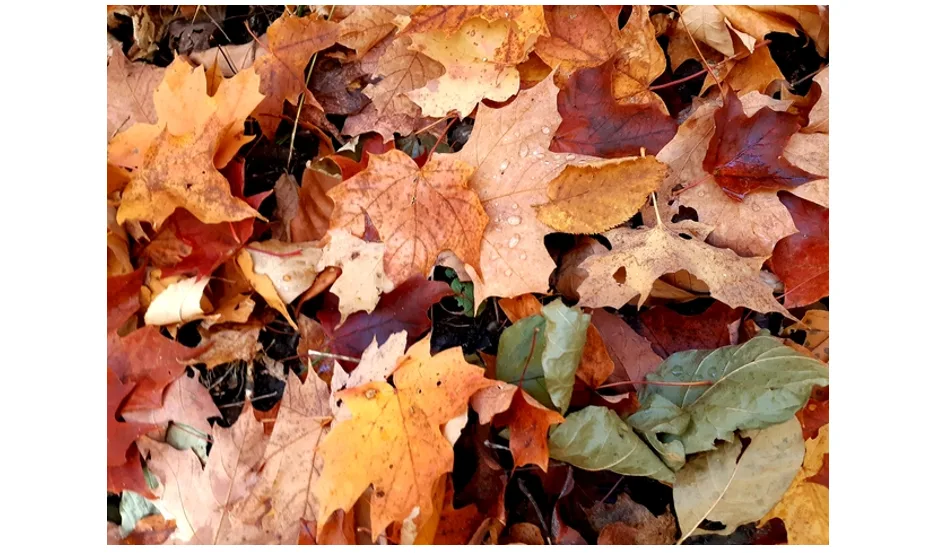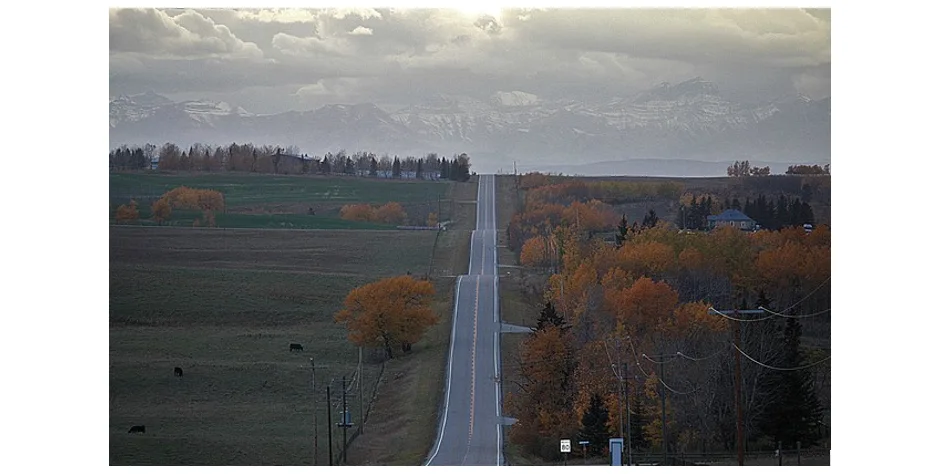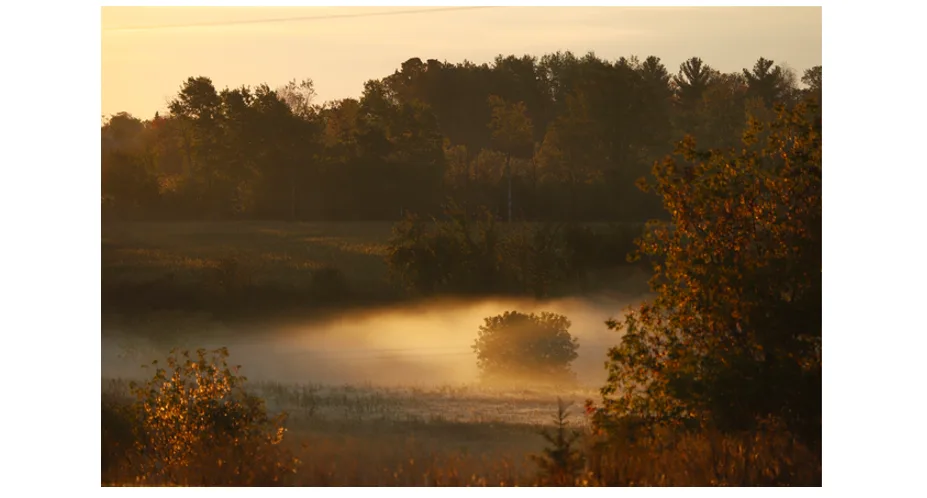
Slippery as ice: Brightly-coloured leaves mask dangerous threat
While fall is a beautiful season, the brightly coloured leaves present a considerable safety hazard on the roads.
Fall in Canada is arguably our most beautiful season. It's a great time to go for a drive just to enjoy the scenery. But erratic weather conditions, reduced hours of daylight, falling temperatures and revised patterns of activity all contribute to the season's own driving challenges. Here are eight tips on how to prepare for and deal with them.
1) BEWARE THE LEAVES
Brightly coloured leaves are a feast for the eyes while they're on the trees, but they inevitably fall to the ground where they can present a safety hazard. Leaves on the roadway, especially when they're wet, can be as slippery as ice so treat them with the same caution. Piles of leaves along the edge of the road can also obscure hidden hazards so steer clear of them.

Submitted by Shannon Hughes.
RELATED: Be careful on the roads: Rutting season is here
2) DON'T LET THE SUN BLIND YOU
The hours of daylight continue to decrease throughout the fall season, with sunrise coming progressively later and sunset earlier. During those periods, when the sun is hanging low in the sky, it can be blinding if you're driving toward it. Be sure to wear high-quality sunglasses in those conditions and adjust sun visors to minimize the glare. Keep the windshield clean, too, as dirt on the glass can amplify the glare.
3) PREPARE FOR LESS DAYLIGHT
As the hours of daylight decrease, chances are you'll be doing more driving in dusk or dark conditions – perhaps even commuting to or from work in the dark. Be sure all your lights are working properly and keep them clean.

Submitted by Tara Little-Pettifor. Captured in Calgary, Alberta.
The plastic covers over most of today's headlights can become clouded or pitted with time so it's a good idea to have them cleaned and polished. Be sure all your lights are on all the time – not just the automatic daytime running lights, which in many vehicles leave the taillights off
4) WATCH FOR CHILDREN
School is in again, so be extra alert for school zones and children going or coming from school or playing along the roadside after school. They'll be harder to see as the daylight diminishes. Be prepared for school buses and their frequent stops as well. And remember that you must stop and remain stopped while their lights are flashing, on all but divided highways in most jurisdictions.
5) LOOK OUT FOR CYCLISTS, PEDESTRIANS AND ANIMALS
It's not just children that are more likely to be on or near the road in the Fall. As the weather cools, it's ideal weather for people to take a walk, go jogging or take a bicycle ride. And they don't always wear bright clothing to make them visible.
WATCH: What you need to know about the dangers of rutting season
If you're driving through an area where wildlife is plentiful, animals such as deer might also make an unexpected appearance. Be wary. And if you see one, expect there to be more.
6) BE PREPARED FOR FROST AND ICE
As fall progresses, overnight temperatures tend to drop, often dipping below the freezing point temporarily. Such conditions are ideal for creating isolated spots of frost or black ice on sheltered areas of the roadway and on bridges and overpasses. Be aware of that possibility and extra cautious in area that might be susceptible.
7) ADJUST FOR FOG OR RAIN
Fog and rain are facts of life in the fall, so be prepared for both and adjust your driving accordingly. Reduce your speed to correspond with the reduced visibility and increase the space behind the vehicle ahead to provide more time to react.

Submitted to The Weather Network. Captured in Morven, Ontario.
If your vehicle is equipped with fog lights, use them, and be sure your headlights are on low, not high beam. In the rain, be cautious of puddles that can jerk at the steering wheel when you hit them, be prepared for visibility to be impaired from other vehicles' road spray, and adjust speed to account for reduced traction.
8) PREPARE YOUR VEHICLE FOR WINTER
Fall is a prelude to winter, which can effectively arrive almost any time throughout the period in most of Canada. So prepare accordingly before it catches you out. Once the temperature drops below 7°C, it's time to install winter tires – on all four wheels, not just two.

Submitted to The Weather Network. Captured in Richmond Hill, Ontario.
That's also a good time to install new wiper blades and conduct routine maintenance such as changing oil and checking all fluids. Be sure you always have an ample supply of washer fluid and carry a spare container for emergency use. Check your safety kit as well, to ensure that it's up to date.
WATCH BELOW: Why November is the worst month for pedestrian collisions
Thumbnail image credit: Nikita Krasnov/Pexels.










